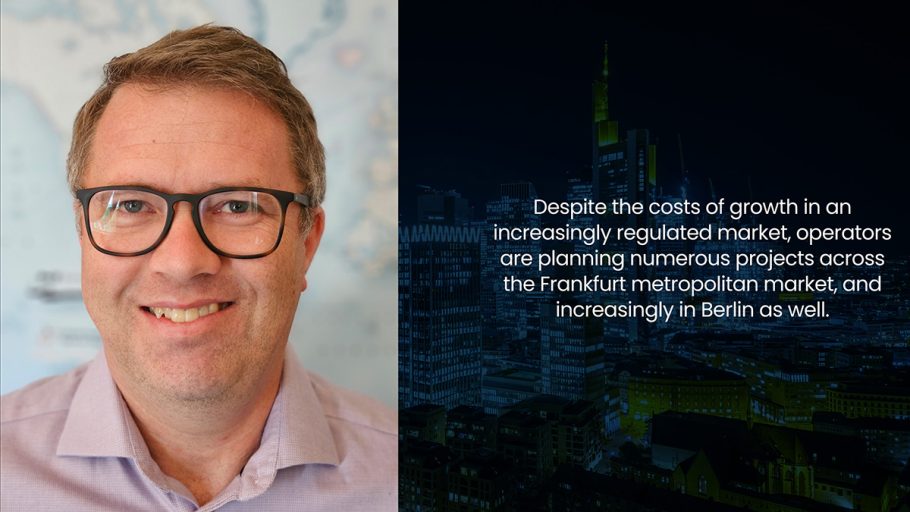Looking Beyond Singapore
In Southeast Asia, it’s become abundantly clear that sole reliance on Singapore for new digital infrastructure deployment is no longer tenable. The supply spigot that has been turned off since 2019 has only turned on to a slow drip.
Just a handful of projects are in the immediate Singaporean pipeline—the pilot license winners plus SingTel and a few stragglers that had been approved before the moratorium. More licenses will likely be issued in another year or 18 months, but it’s doubtful that supply will come close to keeping pace with demand in the market.
And so, new interconnection markets must and will emerge. Of the markets that have been bandied about as the next potential Southeast Asian hubs, Malaysia is rising to the top, followed by Indonesia. Other regional markets will see activity too, including Thailand, the Philippines, and Vietnam, but the heaviest concentration will be in Malaysia. A who’s who of western and Chinese data center operators are preparing to launch new sites in Kuala Lumpur, Cyberjaya, and Johor Bahru, just across the border from Singapore. These industry heavyweights include operators like Equinix, GDS, and EdgeConneX, along with new cloud region deployments from the likes of Google and Microsoft.
We’d be remiss to not mention the explosion of growth in India, too, even if it is farther afield from Southeast Asia. At least some of the activity there is influenced by the need for more capacity outside Singapore. By TeleGeography’s estimates, the metropolitan market of Mumbai is the fastest growing among the world’s 20 largest commercial data center metros, expanding gross capacity at 25 percent CAGR since 2019. India is among the countries (along with the US, China, and Germany) that have the most data center projects in the immediate pipeline over the next 2–3 years.

Singapore will not be left out of the action and will remain the most critical interconnection hub in the region. The subsea cable development pipeline attests to this continued demand. At least a dozen cables are slated to connect Singapore to other regional and trans-continental nodes in the next few years. Operators will continue to vie heavily for new licenses in this congested locale where already precious data center capacity will become even more scarce. But there’s no doubt that other markets will share in the regional growth.
ABOUT THE AUTHOR
Jonathan Hjembo joined TeleGeography in 2009 and heads the company’s data center research, tracking capacity development, and pricing trends in key global markets. He also specializes in research on international transport and Internet infrastructure development, with a particular focus on Eastern Europe, and he maintains the dataset for TeleGeography’s website, internetexchangemap.com.



